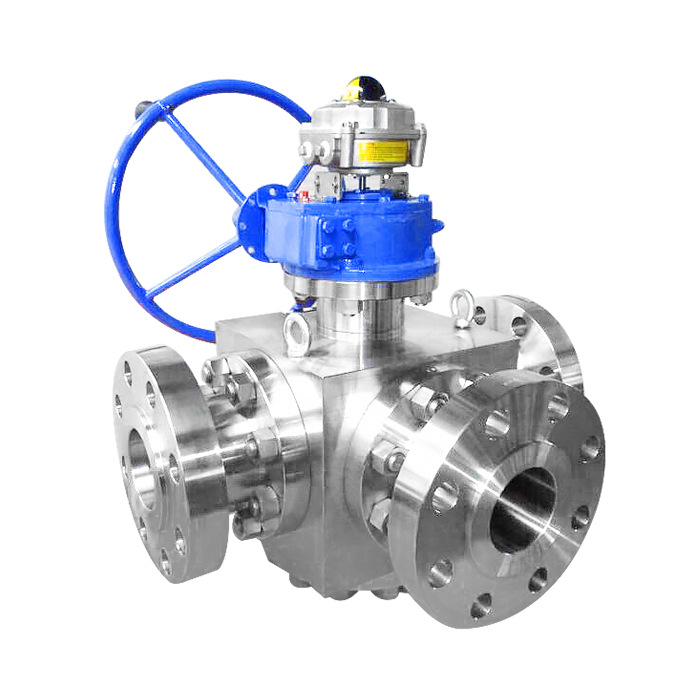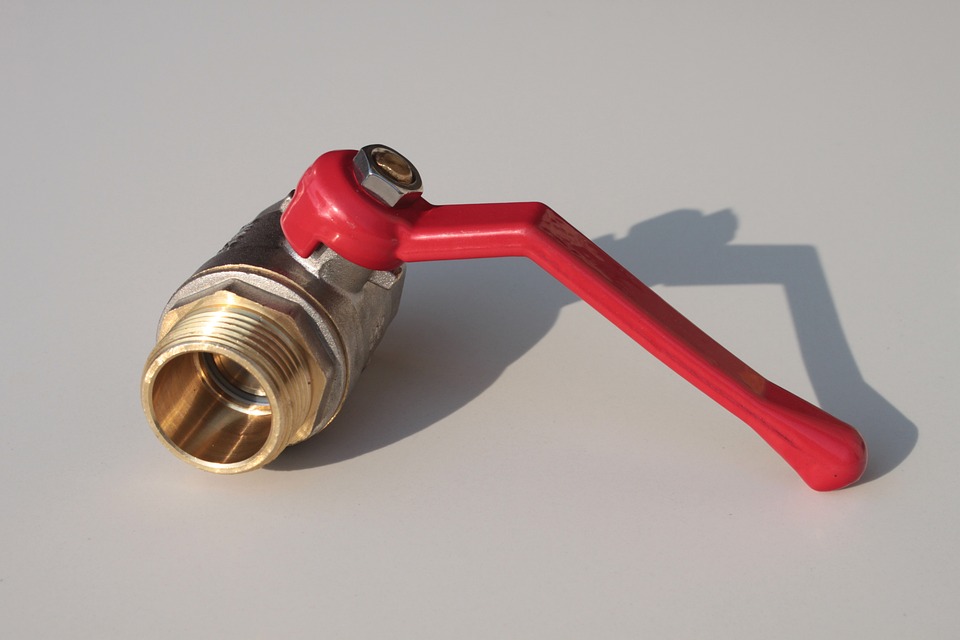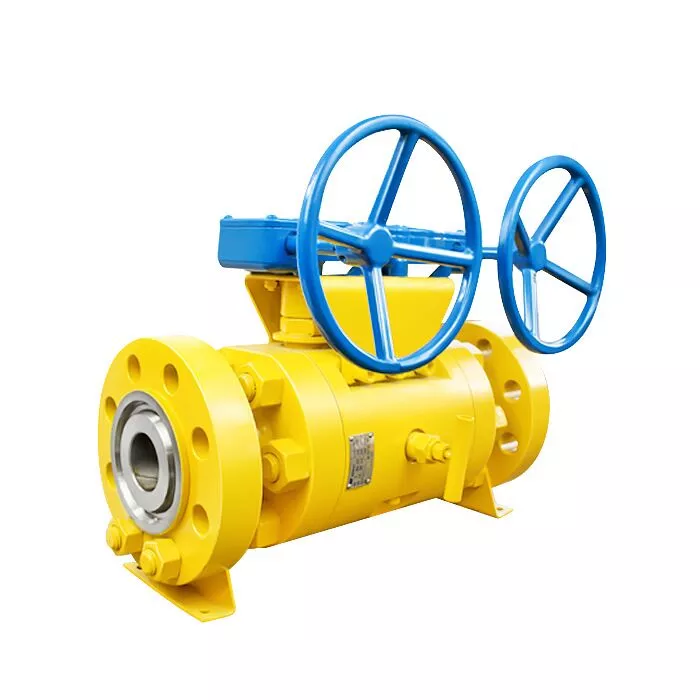Ball valves are a staple in many designs, from plumbing systems to industrial process control. They provide tight shutoff, easy maintenance, and the ability to handle high pressures. However, the success of any ball valve relies heavily on its seat design.

In this ball valve seat material selection guide, consumers will explore the basics of ball valve seat design. By learning the fundamentals of ball valve seat design, consumers are able to make an informed decision that ensures safe and reliable operation.
What is a Ball Valve Seat?
A ball valve seat is a critical component of a ball valve that provides a tight seal when the valve is in the closed position. It consists of two parts: the ball and the seat. The seat is typically made from either plastic or metal and can be designed to fit different diameters of pipes. The seating surface is usually highly polished, allowing for an effective seal when the ball is inserted into it.

Ball valves are used in many different applications, ranging from controlling water flow to regulating pressure in gas systems. In order to ensure that these valves operate effectively, a properly functioning ball valve seat design must be selected and installed. As for installation, please refer to our blog: Complete Ball Valve Installation Guide. When the ball is closed, the seat creates an airtight seal, preventing any leakage of the medium being controlled.
Different Types of Ball Valve Seats
There are various types of ball valve seats available on the market today, each designed to meet specific needs.
Soft Seats
Soft Seats are one of the most common types of ball valve seats used in today’s industry as they provide better sealing and longer life cycles. Generally, these ball valve seat material is made from a synthetic elastomer, which provides excellent sealing capabilities. Their large seating surface area also helps to preserve their sealing capability over time.
Metal Seats
Metal Seats are a type of ball valve seat commonly used in industrial settings. They are often made of stainless steel, brass, or chrome-plated materials and have a high degree of strength and durability. Metal seats are typically resistant to corrosion and can handle higher temperatures than other valve seat materials.
Graphite Seats
Graphite seats are known for their superior wear resistance, which makes them ideal for applications that require frequent operation or cycling. Graphite seats also offer better sealing pressure than other seat materials.
Graphite is an alloy made up of 85% carbon and 15% natural graphite, brass powder, and ebonite. This creates a strong yet flexible material that will provide a reliable seal in harsh conditions.
PTFE Seats
PTFE seats are a type of seat used in an industrial ball valve, which are the primary component of water and gas pipelines. PTFE is a unique material that offers excellent chemical resistance, electrical insulation, and a low coefficient of friction. It is also highly temperature resistant and can handle temperatures ranging from -400°F to 500°F (-240°C to 260°C). Furthermore, it is completely non-porous, making it ideal for high-pressure applications.
Nylon Reinforced Seats
Nylon-reinforced seats are the most durable ball valves and are used for high-pressure applications. They are two-piece split body ball valves made of stainless steel or other corrosion-resistant metals with a nylon-reinforced seat. Nylon-reinforced seats offer excellent corrosion resistance and have the highest pressure rating among all materials used in ball valves, typically achieving a working pressure range of up to 2,000 psi.
Ceramic Seats
Ceramic ball valve seats can provide an excellent seal against water, gas, steam and other fluids. They are often preferred over other materials due to their ability to withstand heat, corrosion, abrasion and damage from harsh chemicals. Ceramic ball valve seats are made from a combination of ceramic and metal components that form a hard and durable material.
Considerations of Choosing Ball Valve Seat Design
When considering a ball valve seat design, there are several important considerations to bear in mind. It is essential that the selected valve seat material can withstand the specified pressure rating and any surges.

Compliance With Industry Standards
When selecting a ball valve seat design, it is important to consider the various industry standards that are in place. Different valves companies have specific requirements for ball valves, so it is important to ensure that the chosen design complies with all applicable standards.
Pressure and Temperature Requirements
Pressure and temperature can impact the durability of the seat as well as its ability to perform its desired function. The pressure rating of a ball valve seat is largely determined by its construction material. It is important to select the correct pressure rating for a valve seat based on the application requirements.
Temperature requirements, on the other hand, must also be taken into account when selecting a ball valve seat material. Different materials will have different degrees of resistance to extremes in pressure and temperature, so it is important to choose the right material to ensure that it can withstand the operating conditions.
Material Selection and Compatibility
The valve seat should be chosen based on the fluid environment in which it will be used. The material chosen for the valve seat should withstand corrosion and other environmental factors that could potentially cause damage or failure.
The choice of the material should also take into account any potential chemical interactions between the seat material and the fluid passing through it. Materials that are compatible with the surrounding environment must be selected -certain materials may react with the fluids and cause corrosion or other damaging effects.
Rangeability, Flow Capacity and Accuracy Requirements
Rangeability determines how wide of a range of flow rates a ball valve is capable of handling. Flow capacity is the maximum flow rate that can be reliably handled by the ball valve, and accuracy requirements will determine whether a more precise or less precise design is needed with respect to flow control.
Flow capacity is typically determined by the bore size and pressure rating of the ball valves. The larger the valve bore, the greater the flow capacity that can be achieved. Higher pressure ratings mean higher flow capacities, and the design must take into consideration both the system’s operating pressure and maximum pressure requirement.
Size Restrictions and Pressure Drop Considerations
Size restrictions are determined by the application – for example, if the application requires access through a small opening, a smaller valve size may be needed to fit the space. Ball valves really work with butterfly valves. Pressure drop considerations involve understanding how much pressure will be lost from the opening of the ball valve and across the seat.
It will depend on the fluid flow rate and the pressure differential between two points when considering a specific ball valve size and configuration. Additionally, it’s important to choose a reliable ball and butterfly valves supplier who can provide high-quality valves that meet a specific requirements.
Leakage Control and Sealability
One of the most essential considerations when selecting a ball valve seat design is its ability to provide effective leakage control and sealability to guarantee the safe and reliable operation of the system. For instance, ball valve cavity relief is a very effective method. There are various seat materials and designs available, each providing its own unique benefits, so careful consideration should be given to which choice is best for the specific system requirements.
Cost-Effectiveness
The choice of materials for the seat should be based on criteria such as operating conditions, chemical compatibility, temperature range and corrosion resistance. A combination of materials may be needed to provide the ideal combination of stiffness and hardness for the application. In addition to material considerations, other factors that influence cost include valve size and pressure class, type of actuation, use of resilient seals and lubrication requirements.
Conclusion
Ultimately, the key to choosing the right seat is to understand the requirements for each project, select the proper materials for construction, and follow a rigorous quality assurance process. By considering all of these elements, designers can find the perfect seat for their ball valves.
Consumers should understand the different types of seats available and the considerations that need to be taken into account when choosing a seat for an application including a reputable industrial valves supplier.

Dombor is an industrial valve company that has been serving the industry for more than 20 years. The company produces a wide variety of valves, from ball valves, globe valves, butterfly valves, and much more. Their products are used in numerous industries such as water treatment, oil & gas, power generation, petrochemical, and many more.
Dombor also offers custom-designed valves to meet the specific needs of its customers. Contact Dombor today for a customized ball valve seat design for any applications!









